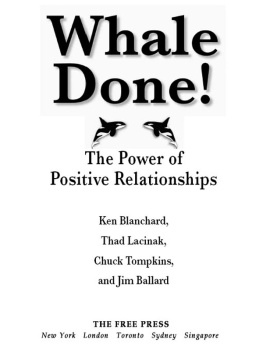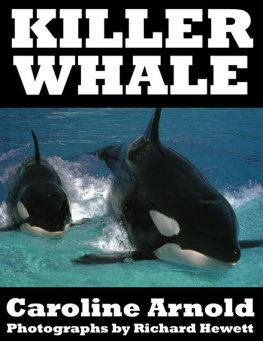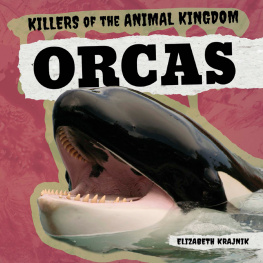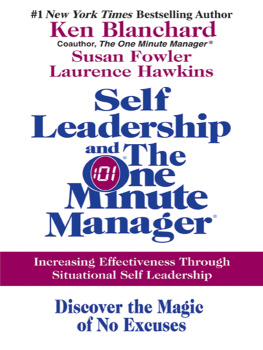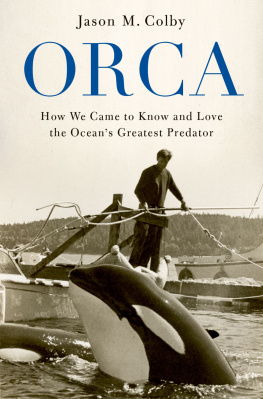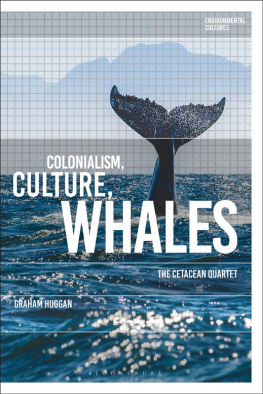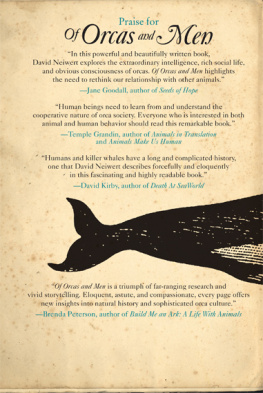By Ken Blanchard
HIGH FIVE! (with Sheldon Bowles), 2001
MANAGEMENT OF ORGANIZATIONAL BEHAVIOR: UTILIZING HUMAN RESOURCES (with Paul Hersey), 8th Edition, 2000
BIG BUCKS! (with Sheldon Bowles), 2000
LEADERSHIP BY THE BOOK, (with Bill Hybels and Phil Hodges), 1999
THE HEART OF A LEADER, 1999
GUNG HO! (with Sheldon Bowles), 1998
RAVING FANS: A REVOLUTIONARY APPROACH TO CUSTOMER SERVICE, (with Sheldon Bowles), 1993
MANAGEMENT BY VALUES (with Michael OConnor), 1997
MISSION POSSIBLE (with Terry Waghorn), 1996
EMPOWERMENT TAKES MORE THAN A MINUTE (with John P. Carlos and Alan Randolph), 1996
EVERYONES A COACH (with Dan Shula), 1995
WE ARE THE BELOVED, 1994
PLAYING THE GREAT GAME OF GOLF: MAKING EVERY MINUTE COUNT, 1992
THE ONE MINUTE MANAGER BUILDS HIGH PERFORMING TEAMS (with Don Carew and Eunice Parisi-Carew), 1990
THE ONE MINUTE MANAGER MEETS THE MONKEY (with William Oncken, Jr., and Hal Burrows), 1989
THE POWER OF ETHICAL MANAGEMENT (with Norman Vincent Peale), 1988
THE ONE MINUTE MANAGER GETS FIT (with D. W. Edington and Marjorie Blanchard), 1986
LEADERSHIP AND THE ONE MINUTE MANAGER (with Patricia Zigarmi and Drea Zigarmi), 1985
ORGANIZATIONAL CHANGE THROUGH EFFECTIVE LEADERSHIP (with Robert H. Guest and Paul Hersey), 2nd Edition, 1985
PUTTING THE ONE MINUTE MANAGER TO WORK (with Robert Lorber), 1984
THE ONE MINUTE MANAGER (with Spencer Johnson), 1982
THE FAMILY GAME: A SITUATIONAL APPROACH TO EFFECTIVE PARENTING (with Paul Hersey), 1979
By Jim Ballard
WHATS THE RUSH? 1999

THE FREE PRESS
A Division of Simon & Schuster, Inc.
1230 Avenue of the Americas
New York, NY 10020
Copyright 2002 by Blanchard Family Partnership
All rights reserved, including the right of reproduction in whole or in part in any form.
THE FREE PRESS and colophon are trademarks of Simon & Schuster, Inc.
Designed by Lisa Chovnick
Library of Congress Cataloging-in-Publication Data is available
ISBN-13: 978-0-7432-5177-8
ISBN-10: 0-7432-5177-6
Visit us on the World Wide Web:
http://www.SimonSays.com
W e dedicate this book to our unsung heroesthe many committed individuals who have been quietly and faithfully going about the business of catching people they know and love doing things right. After reading this book, we hope the list of people who fall under that dedication will include you.
WHALE DONE, friends!
Introduction
by Ken Blanchard
In 1976, when my family and I came to San Diego on sabbatical from the University of Massachusetts in Amherst, one of the first places we visited was SeaWorld. Everyone we talked to urged us to see the Shamu killer-whale show. Since I was aware that killer whales are considered the most feared predators in the ocean, I didnt know what to expect. Would we just be watching them swim around? What a surprise when we entered Shamu Stadium and the show began! Before a minute had gone by, all of us were raving fans. As I watched these incredible creatures leap and dive, and even carry their trainers on their backs, I found myself fascinated. How had they been trained to perform such feats, and with such evident delight?
For years I had been talking and writing about the power of positive relationships and the need to catch people doing things right in order to develop productive work and home environments. And yet Id become discouraged to see that the very opposite was occurring in most organizations and homes: catching people doing things wrong seemed to be the rule. I was firmly convinced that punishment was harmful in human relationships, and I realized instinctively that it wouldnt be a smart move with killer whales. That belief was borne out when I took a group of our trainers and clients on a behind-the-scenes tour of the Shamu show, and met Chuck Tompkins, head trainer at the Orlando SeaWorld. Chuck and I, recognizing each other as soul mates, made an agreement: he would teach me about whale training and I would teach him about people training. In the process we found we were teaching the same things!
Yet we also had important concepts to learn from one another. I was particularly fascinated by the ability of SeaWorld trainers to use redirection. Upon encountering any undesirable behaviors on the whales part, they would immediately refocus those energies elsewhere. That very simple but powerful strategy permits the trainers to set up new situations to catch the whales doing something right. Everybody knows that accentuating the positive works best. But what do you do when somebody does something that has a negative impact? Thats where Chuck and the SeaWorld trainers opened my eyes. Instead of focusing energy, as most of us do, on what went wrong, they redirect that energy toward a positive outcome. When Chuck and I realized that the combination of redirection and accentuating the positive could make a major difference in work and family relationships, we began talking about writing a book together that would show how to apply these concepts.
That project remained a dream for several years until Chuck introduced me to his boss, colleague, and friend, Thad Lacinak. Now we had three dreamers determined to make it happen. A little later I invited Jim Ballard, an old friend, colleague, and writing partner, to join forces with us. With that critical mass, WHALE DONE! began to take shape. I am thrilled with this book and think it might be the most important book I have ever written.
Chapter One
HOW DO THEY DO THAT?
A collective gasp rose from a crowd of over three thousand spectators as they thrilled to the amazing performances of leaping killer whales. It was another show in Shamu Stadium at SeaWorld. All eyes in the grandstand were glued to the huge animals and their trainers, so no one noticed the wide range of emotions reflected in the face of a man in khakis and a blue shirt who sat in their midst. Each time the crowd exploded in applause and cheers as the animals performed one of their spectacular feats, the mans eyes would sparkle with surprise and delight. At other times his face would cloud over and his eyes assume a faraway look.
Wes Kingsley had come to Orlando to attend a business conference. Since the schedule left room for conferees to relax, play golf, or visit one of the areas attractions, he had decided that a visit to the world-famous marine zoological park would help him forget his troubles for a time.
He was glad he had made that decision. Earlier, along with throngs of other people eagerly crowding the huge stadium, he had taken his seat above the blue waters of the large main pool. Following a welcome and a review of safety rules by an animal trainer, a mysterious fog had begun to shroud the surface of the pool. From behind and above them, the crowd heard the scream of a fish eagle. The mighty bird suddenly swooped over their heads, dove toward the pool, and took a lure from the misty waters. As it flew away, huge black dorsal fins broke the surface, and onlookers caught their breath when they saw monstrous black shapes circling deep in the pool. A wet-suit-clad trainer came through the mists paddling a kayak, to be instantly surrounded by the fins of enormous killer whales.
Following this dramatic opening, the crowd witnessed a series of astonishing acrobatic leaps and dives by a trio of whalesa 10,000-pound male and two 5,000-pound females. These marine mammals, among the most feared predators in the ocean, waved their pectoral fins to the audience, allowed trainers to surf the pool by balancing on their back, and with sweeps of their great tails splashed the first ten rows of spectators with cold water. The roars of laughter, the oohs and aahs, and the thunderous applause attested to the crowds enjoyment.

